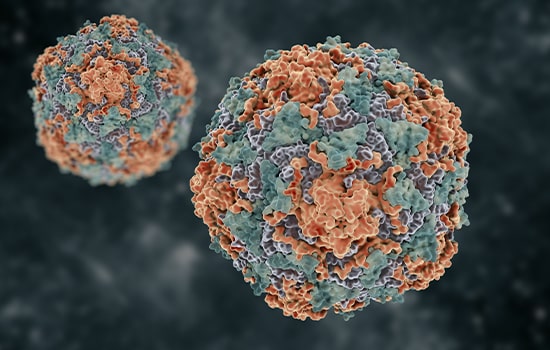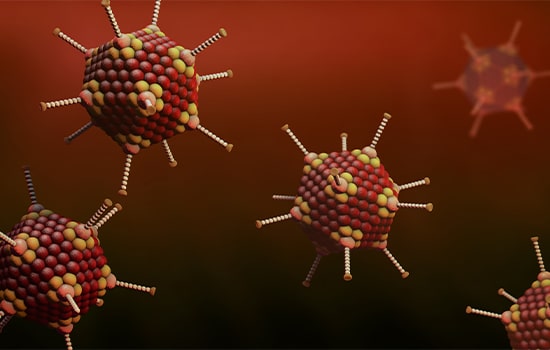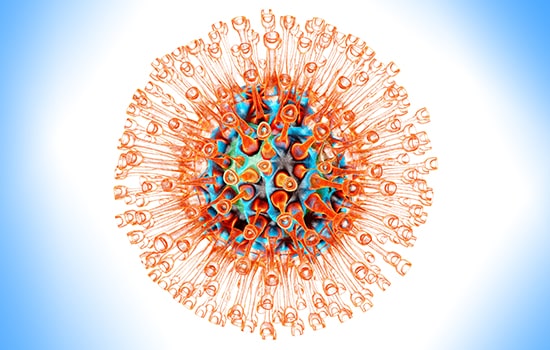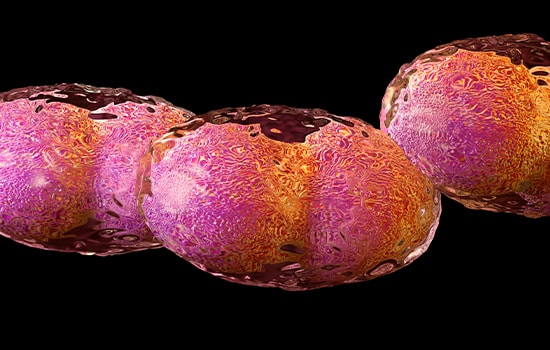Applications
Nonintegrative Viral Vectors
Viral vectors are a type of tool used in gene therapy that can introduce new genetic material into cells to treat various diseases. There are two main types of viral vectors used in gene therapy; integrative viral vectors and non-integrative viral vectors.

Definition of Non-Integrative Viral Vector
Non-Integrative viral vectors are viral vectors which do not have the ability to integrate into the host cell’s genome thus, reducing the risk of insertional mutagenesis. Non-integrative viral vectors eliminate the risk of insertional mutagenesis. This makes non-integrative viral vectors a safer option for gene therapy. In this article, we will discuss non-integrative viral vectors, their advantages and disadvantages, and their potential use in gene therapy.
Types of Non-Integrative Viral Vectors
There are several types of non-integrative viral vectors, including:
- Adenovirus Vectors
- Adeno-associated virus (AAV)
- Herpes Simplex Virus, and
- Vaccinia Virus.
Adenovirus vectors (AVs)
Adenovirus vectors are one of the most commonly used non-integrative viral vectors in gene therapy. They can infect a broad range of cell types and have a large cargo capacity, allowing for the insertion of large genes or multiple genes. Adenovirus vectors also have a high transduction efficiency, meaning that they can effectively deliver genetic material to target cells.
However, adenovirus vectors have a short-term expression, meaning that the therapeutic gene expression will decrease over time. They also elicit an immune response, which can limit their efficacy and potentially cause adverse effects.
Adenovirus vectors are non-enveloped double-stranded DNA viruses most commonly responsible for mild self-limiting respiratory and ocular infections in humans. Over 150 primate AVs have been characterized, with many Ads in development for vaccine purposes. Like mRNA vaccines, AVs vaccines are a relatively new technology, although Ads have been used as gene delivery vehicles since the earliest days of gene therapy. To generate a vector, the E1 and/or E3 viral genes enabling replication (discussed further in the following sections) are deleted and replaced with the transgene of interest - such as an antigen.

Adenovirus is the most common “vehicle” used for gene transfer in research and clinical applications especially for cancer. They could be used as viral vectors or their oncolytic versions.
Adenovirus Vectors (AVs) have two different approaches :
- In vivo – direct injection of the vector
- Ex vivo – extraction of the patient’s cells and external vector transduction before reinjection
AVs can transduce a wide range of tissues including dividing and non-dividing cells. Its genome is composed of two groups: trans-genes (useful for AVs) and cis-genes.
Adeno-associated virus vectors (AVV)
Adeno-associated virus (AAV) vectors are another commonly used non-integrative viral vector. They have a high transduction efficiency and can infect both dividing and non-dividing cells. AAV vectors also have a low immune response and can be used for long-term gene expression.
However, AAV vectors have a small cargo capacity, limiting the size of genes that can be inserted. They also have a low transduction efficiency in certain cell types, which can limit their effectiveness.
Adeno-associated virus (AAV) vectors are the leading platform for gene delivery for the treatment of a variety of human diseases. Recent advances in developing clinically desirable AAV capsids, optimizing genome designs and harnessing revolutionary biotechnologies have contributed substantially to the growth of the gene therapy field. Preclinical and clinical successes in AAV-mediated gene replacement, gene silencing and gene editing have helped AAV gain popularity as the ideal therapeutic vector, with two AAV-based therapeutics gaining regulatory approval in Europe or the United States. Continued study of AAV biology and increased understanding of the associated therapeutic challenges and limitations will build the foundation for future clinical success.
Herpes simplex virus vector (HSV)
As a highly cytotoxic human pathogen with a large and complex genome encoding at least 80 gene products, herpes simplex virus (HSV) is not at first sight the ideal gene delivery vector. However, not all natural infections with HSV lead to cell death; in neurons, the virus establishes a latent infection during which the viral genome persists indefinitely without any discernible adverse effects on the host cell. This natural neurotropism makes HSV an attractive candidate for neuronal gene delivery.
There are other features of HSV biology, which also make it attractive as a vector. The virus grows well in tissue culture and high titre stocks are easily obtained. Genetic manipulation of the viral genome is straightforward, and it can accommodate large amounts of foreign DNA. Efficient retrograde axonal transport of the virus means that neuroanatomical connections can be exploited to obtain efficient gene delivery to neurons distal from the site of inoculation. The latent HSV genome is maintained as an episome, and the potential risks of viral integration into host cell chromatin are avoided.
The major obstacles to the development of HSV as a vector have been the production of safe vector backbones and overcoming the tight transcriptional repression of the latent viral genome.

HSVs is an enveloped, neurotropic virus that can carry large-sized inserts, long-term episomal expression in the central nervous system, and other. The most used HSV for gene therapy are HSV-1 (serotype 1) and HSV-2 (serotype 2). HSV-1 for gene therapy are designed to reactivate from latency stage and to remove essential genes for genetic transference and expression of the therapeutic gene.
Vaccinia Virus (VVs)
Vaccinia virus or VV is a large, complex, and envelope poxvirus that was clinically used for smallpox vaccine. VVs can carry until 25kb foreign DNA without the need for viral deletions. These vectors permit infection in primary cultures, wide range of cell lines, cytoplasmic replication, and more.
Diverse promoters are used (natural or synthetic) to regulate the activity levels of VV-derived vectors.

Applications of non-integrative viral vectors
Non-integrative viral vectors have several potential applications in gene therapy. For example, they can be used to treat genetic diseases, such as cystic fibrosis or sickle cell anemia. Non-integrative viral vectors can also be used to deliver therapeutic genes to treat cancer or other diseases.
Non-integrative viral vectors can also be used for vaccine development. For example, adenovirus vectors have been used in the development of COVID-19 vaccines, delivering the genetic material for the spike protein of the SARS-CoV-2 virus to induce an immune response.
Sources
- Samir Andrade Mendonça, Reka Lorincz, Paul Boucher & David T. Curiel. 2021. Adenoviral vector vaccine platforms in the SARS-CoV-2 pandemic. npj Vaccines volume 6, Article number: 97 (2021)
- Dan Wang, Phillip W. L. Tai & Guangping Gao. 2019. Adeno-associated virus vector as a platform for gene therapy delivery. Nature Reviews Drug Discovery volume 18, pages 358–378 (2019)
- Robin H Lachmann. 2024. Herpes simplex virus-based vectors. Int J Exp Pathol. 2004 Aug; 85(4): 177–190.





